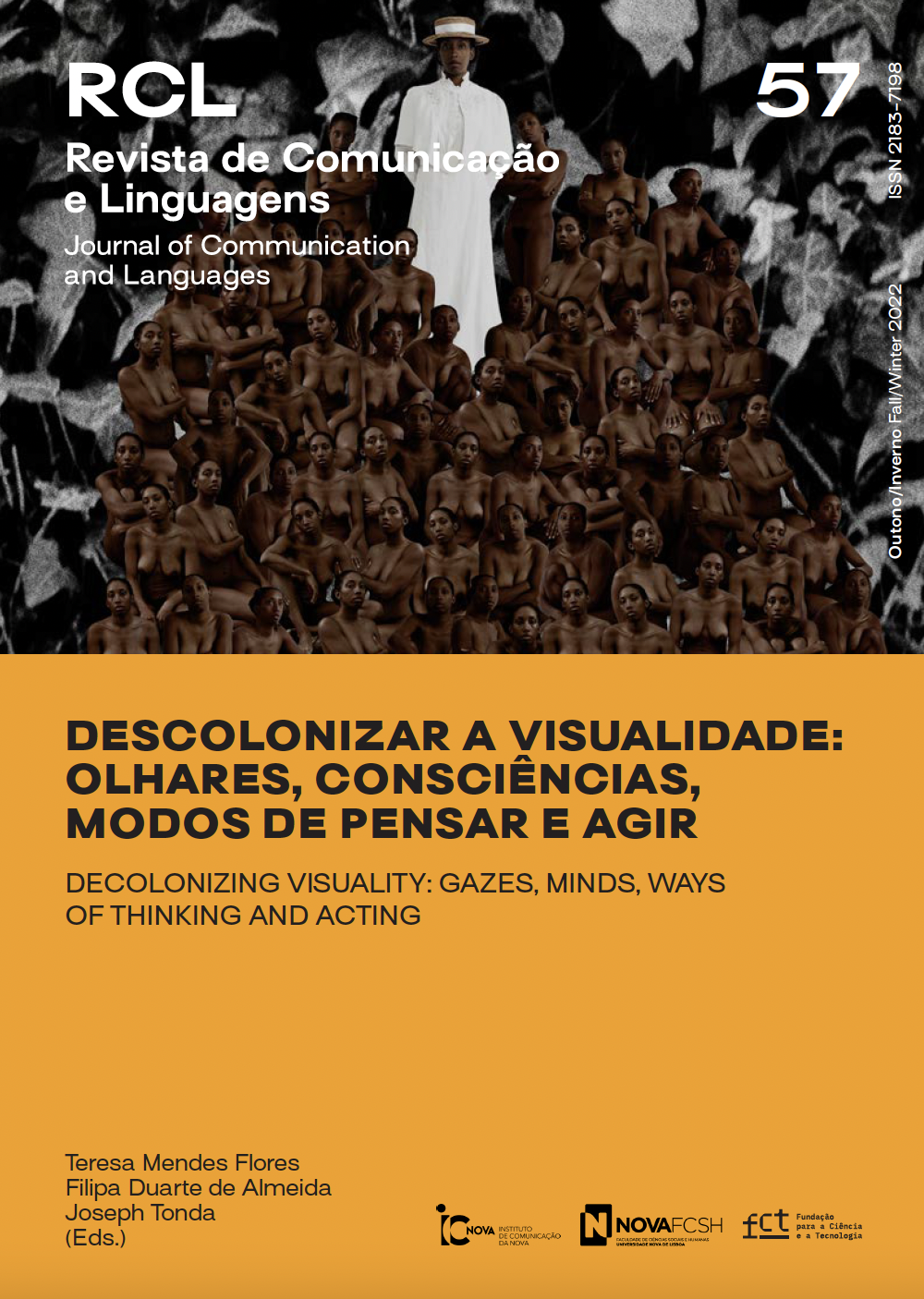Beyond Surface Matters: Unsettling Views of a Western American Landscape
Résumé
Photographer Glenn Rand’s (b. 1944, USA) Nevada 1979 features a passing car on Interstate 80, an industrial site, and the Humboldt River Valley in Eureka County. This place appears through laconic title to be at once particu-lar to a settler nation, history, and poetic imagination, as well as revelatory of no place at all. Rand’s random west-ern road trip offered him an opportunity to raise aware-ness of vision through kinesthetic sensation. Among many of his artistic peers, a photograph’s location was an arbitrary departure point for exploring surface matters. This paper redirects the attention on the artist’s formalist concerns to investigate the complex and conflicted narra-tives Interstate 80 implicates. It inserts this picture into the longer story of modernist formalism and American landscape photography where travel and aesthetic land-scape views are indicative of settler-colonial visuality. Upon its completion in 1986, the interstate was desig-nated as a symbol of American freedom, particularly the freedom of mobility. But to see the highway in this way depends on erasing the colonial encounter and Indige-nous presence. The Humboldt River valley pictured in Nevada 1979 is part of the larger Newe (Western Shosho-ne) territory in the Great Basin region. It is not an arbi-trary vista; it crosses through a cultural landscape, a place that embodies Newe values, identities, and memories. Further, Interstate 80 was built on top of an historical path that guided settlers westward to California. It was also aligned with the path of the first transcontinental railroad. The environmental and social impact of settler influx into this region was significant.
By extending Rand’s concerns with motion to study of the various pathways, migrations, and roadblocks encod-ed in that landscape, this paper unsettles this image. It counters historical blindness and artistic disengagement with land that obscured Indigenous presence and author-ity in the Americas.
Copyright (c) 2022 Revista de Comunicação e Linguagens

Ce travail est disponible sous licence Creative Commons Attribution - Pas d’Utilisation Commerciale 4.0 International.


